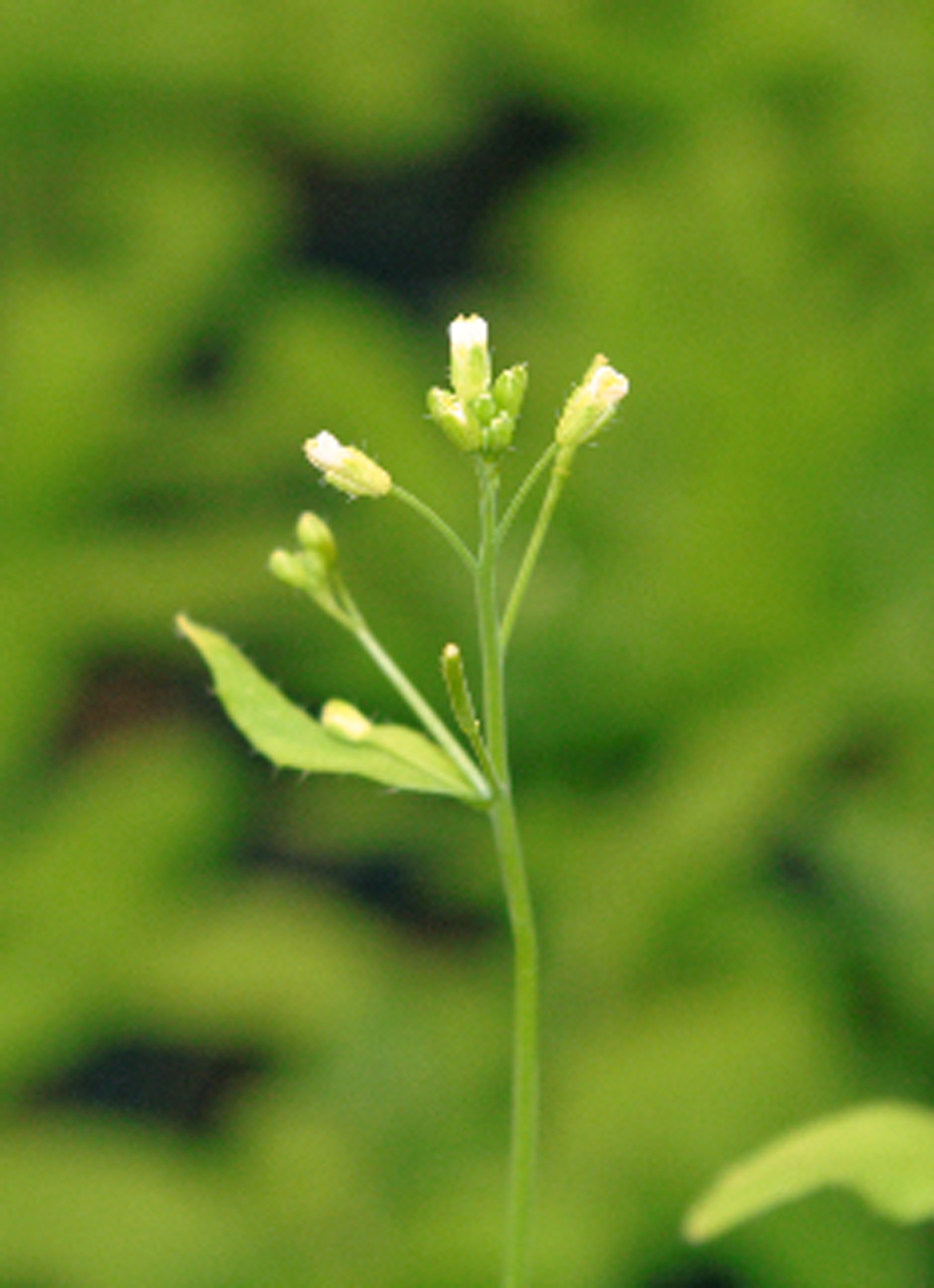
August 28, 2011—Understanding which genes control traits, like when a plant will flower, what soil type is best or its ability to persist in drought conditions provides insight into the ability of plants to adapt to new environments. This type of scientific data is important for crop improvement and significant to human well being.
An international collaboration of researchers, including biologists at the University of Utah (the U), compared genetic data from 19 different strains of a humble plant called Arabidopsis thaliana (thale cress). The genome sequences of these strains, 18 of which are presented in the study, will now make it easier to study plants’ surprisingly wide trait variation that underlies their adaptability. The results of the study are published online in the journal Nature.
“Arabidopsis thaliana is widely used by the international community and has provided a wealth of knowledge about plant biology,” says Richard Clark, University of Utah biologist and one of the authors of this multi-national project. “However, so far our knowledge has come largely from a single Arabidopsis strain, even though other strains can vary greatly in traits like flowering time. By comparing genetic information from multiple strains, we can now understand how genome differences between strains enable plants to adapt to different climates and situations. This means, we are better equipped to understand the genetic processes that underlie variation in traits of ecological and agricultural relevance,” he concludes.
The results become a founding part of the 1001 Genomes Project, launched by members of the international Arabidopsis community to catalog genetic information in hundreds of strains from different regions in the world. However, the study goes beyond simply cataloging DNA sequence differences.
“In every cell, there are ‘messages’ between the gene and the protein it creates, which in turn affects traits,” says Joshua Steffen, University of Utah post-doctoral researcher, and co-author on the paper. “By recording the content of the messages (called mRNA) of all the genes in each of the 19 different strains, we have captured information vital to understand which genes are functional in a given strain.” This information is critical in understanding how differences in DNA and gene sequences lead to differences in traits.
Arabidopsis is a small flowering plant native to Europe, Asia and northern Africa, and is to plant research as mice and fruit flies are to understanding the molecular nature of animals. Because of its small size, short life cycle and prolific seed production, it is ideal for research. It has one of the smaller genomes among plants, thus facilitating genome sequencing studies, and was the first plant genome to be fully sequenced in 2001.
The study was funded in part by the National Science Foundation, and conducted in collaboration with researchers at Kansas State University, the University of Oxford, the Friedrich Miescher Laboratory of the Max Plank Society, and the University of Bath.
